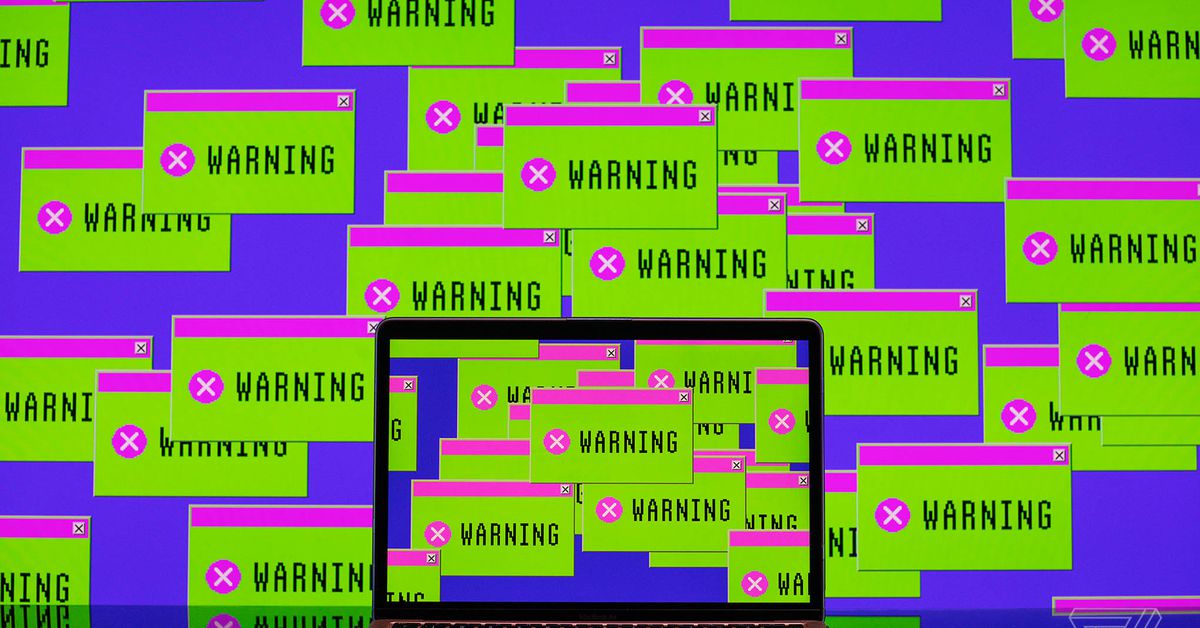Inside the FBI’s Covert Operation: Hacking Malware to Protect Users
A recent revelation has shed light on a bold and unprecedented decision by the FBI: the agency has engaged in covert operations to infiltrate thousands of computers, effectively neutralizing malware threats. This strategic move raises not only significant questions about cybersecurity protocols but also about governmental authority in our increasingly digital world. As cyber threats become more sophisticated and prevalent, understanding the implications of such operations is critical for users, cybersecurity professionals, and policymakers alike.
The Context of the Operation
Cybercrime is a growing concern globally. The rise of ransomware attacks, phishing scams, and other malicious activities have put individuals, businesses, and even governments at risk. According to the FBI’s Internet Crime Complaint Center (IC3), in 2022 alone, the agency received over 800,000 complaints with reported losses exceeding $6.9 billion. The increasing frequency and sophistication of these attacks necessitate proactive measures, compelling the FBI to take matters into their own hands.
The FBI’s covert operation aims to disrupt the operations of malware, specifically targeting the infamous Emotet malware. Emotet, initially a banking Trojan, evolved into a major distribution platform for various types of malicious software, causing havoc worldwide. By infiltrating computers that were part of this botnet, the FBI aimed to dismantle the infrastructure supporting these attacks.
How the Operation Worked
The FBI’s approach to combating malware involved a series of calculated steps:
- Infiltration: The FBI identified and accessed the command and control servers that directed the Emotet network. This infiltration was crucial for gaining insight into the functioning of the malware.
- Neutralization: Once inside, the FBI deployed tools designed to neutralize the malware, effectively rendering it useless. This step was essential to prevent further infections and protect innocent users.
- Data Collection: During the operation, the FBI collected valuable data that could help in understanding the tactics employed by cybercriminals, which can inform future cybersecurity measures.
By compromising the infrastructure of Emotet, the FBI effectively disrupted a significant portion of cybercrime activity, protecting countless users from potential harm.
Implications for Cybersecurity
The FBI’s covert operation raises critical questions about cybersecurity protocols:
- Governmental Oversight: While the operation was aimed at protecting users, it also brought to light concerns regarding the extent of government involvement in private digital spaces. How far can or should government agencies go in their efforts to protect citizens?
- User Privacy: Infiltrating personal computers raises issues related to privacy. Users might feel uncomfortable knowing that their devices were accessed without their consent, even for protective measures.
- Trust in Law Enforcement: Actions like this may affect the public’s trust in law enforcement. While many appreciate the efforts to combat cybercrime, others may view such operations as overreach.
These implications suggest a need for a balanced approach that considers both security and privacy. As cyber threats evolve, so too must the frameworks governing how we respond to these threats.
The Role of Technology in Modern Cybersecurity
In the fight against cybercrime, technology plays a pivotal role. Advanced technologies, such as artificial intelligence and machine learning, are increasingly being employed to detect and respond to threats in real-time. Here are some notable advancements:
- AI-Powered Threat Detection: Organizations are using AI to identify patterns and anomalies in network traffic that may indicate potential threats.
- Automated Response Systems: These systems can react to threats within milliseconds, significantly reducing the response time to attacks.
- Blockchain for Security: The decentralized nature of blockchain technology is being explored as a way to enhance data integrity and security, making it harder for cybercriminals to manipulate data.
As technology continues to advance, the methods used by both cybercriminals and law enforcement will evolve. The FBI’s operation to hack malware serves as a reminder that while we must remain vigilant, we also have the tools at our disposal to combat these threats effectively.
Future Considerations
As we look ahead, several key considerations must be taken into account:
- Legislation and Policy Development: Policymakers need to establish clear guidelines surrounding cybersecurity operations to balance user privacy with the necessity of protection.
- Public Awareness and Education: Users must be educated about the risks present in the digital landscape and the measures taken to protect them. This awareness can foster a culture of cybersecurity.
- Collaboration Between Agencies: There needs to be a collaborative effort between various law enforcement and cybersecurity agencies, both nationally and internationally, to effectively combat cybercrime.
The landscape of cybersecurity is dynamic, and the actions taken by the FBI highlight the urgency and complexity of the situation. As more organizations and individuals rely on technology for daily activities, the methods to protect these users must adapt and evolve.
Conclusion
The FBI’s covert operation to hack malware exemplifies a bold approach to cybersecurity in an era where threats are ever-present. While it raises significant questions about privacy, ethical boundaries, and governmental authority, it also showcases the necessity of proactive measures in protecting users from cyber threats. As we navigate this digital landscape, a collaborative effort among users, organizations, and government agencies will be essential in ensuring a safer online environment for all.
In the end, the fight against cybercrime will require not just technological advancements but also a commitment to ethical standards and respect for individual rights. With the right balance, we can harness the power of technology to protect ourselves while upholding the values that define our society.
See more Future Tech Daily

